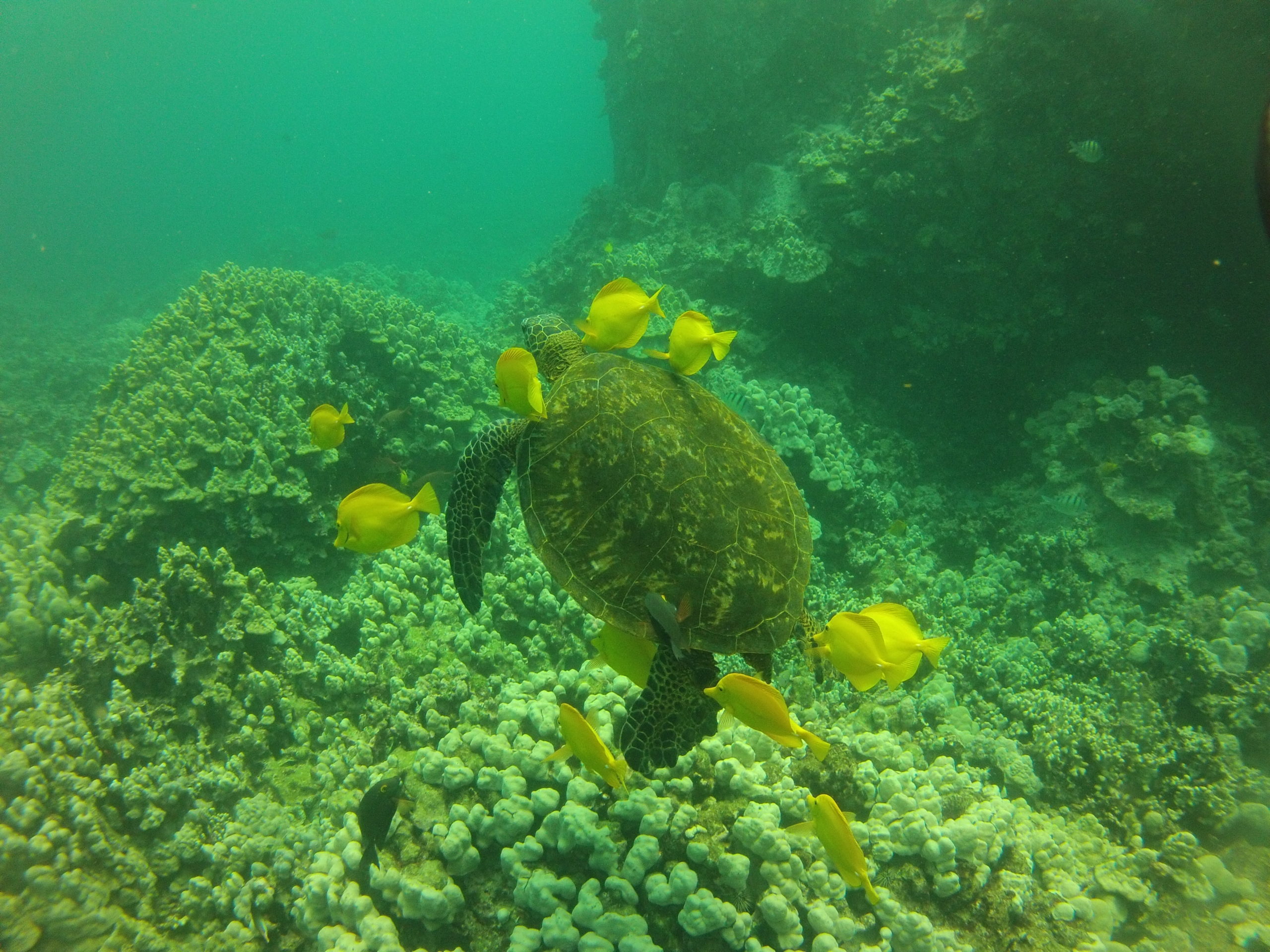
Green Species in Sanctuaries: An Ode to St. Patrick
The wonders within America’s National Marine Sanctuary System come in all shapes sizes and colors. On St. Patrick’s Day, the plants and animals “wearing” green are the lucky ones. Here are a few that are always ready to celebrate and avoid pinching when St. Paddy’s Day comes around:
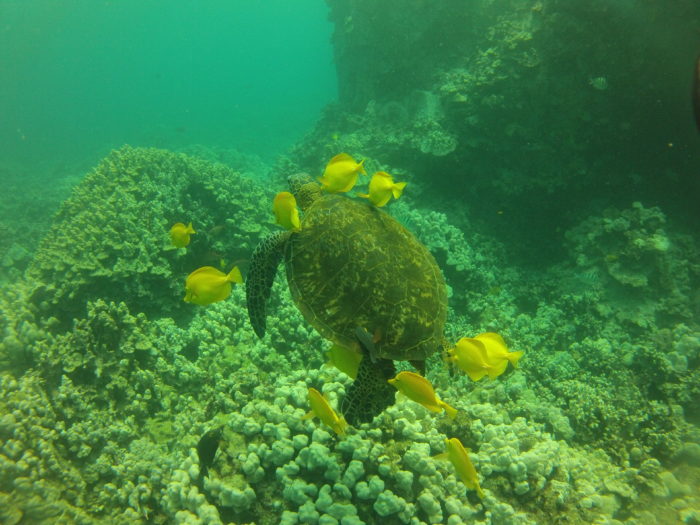
Photo Credit: Mitchell Tart
Green Sea Turtle – A marine reptile named for the greenish hue of its skin (not its shell), the green sea turtle is among the largest of the world’s sea turtle species. Green sea turtles can weigh up to 700 pounds and feed on algae and seagrass. This species can be found in subtropical and tropical waters of both the Atlantic and Pacific oceans, including in sanctuaries near Hawaii, Florida, Texas, and California. Each year, they migrate from feeding waters to the same breeding area in which they were born to mate and lay their eggs. Unfortunately, the green sea turtle is an endangered species with decreasing populations worldwide.
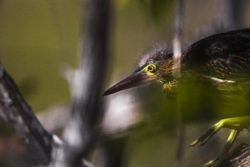
Juvenile green heron sneaking around in Florida Keys National Marine Sanctuary. Photo: David J. Ruck/NOAA
Green Heron – One of the world’s few tool-using species of birds, these brainy birds often use objects they find in their environment to create lures to help them catch fish. The green heron is small and stocky with long bills, thick necks, and dark green feathers on their backs. These birds are migratory, and are often found near the Florida Keys, Flower Garden Banks, and Channel Islands national marine sanctuaries to name a few. To fly, they unfold their necks and slowly beat their rounded wings. Scientists believe populations are stable throughout the United States but may be expanding northward.
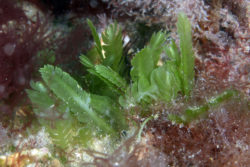
Caulerpa mexicana, a species of seaweed, in Gray’s Reef National Marine Sanctuary. Photo: Greg McFall
Seaweed – Like shamrocks, seaweed is an abundant plant. While we don’t really know what to do with shamrocks after St. Patrick’s Day, seaweed is an incredibly useful plant that contributes to industry and the global economy. Uses of seaweed include in toothpaste, fruit jellies, cosmetics, and dietary supplements, and it may have medicinal properties as well. In addition to benefitting society, seaweed provides habitat and food for many marine and coastal species worldwide.
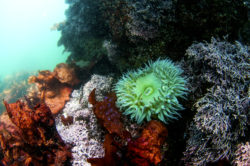
A green sea anemone in Monterey Bay National Marine Sanctuary. Photo: Melissa Anne Thomas
